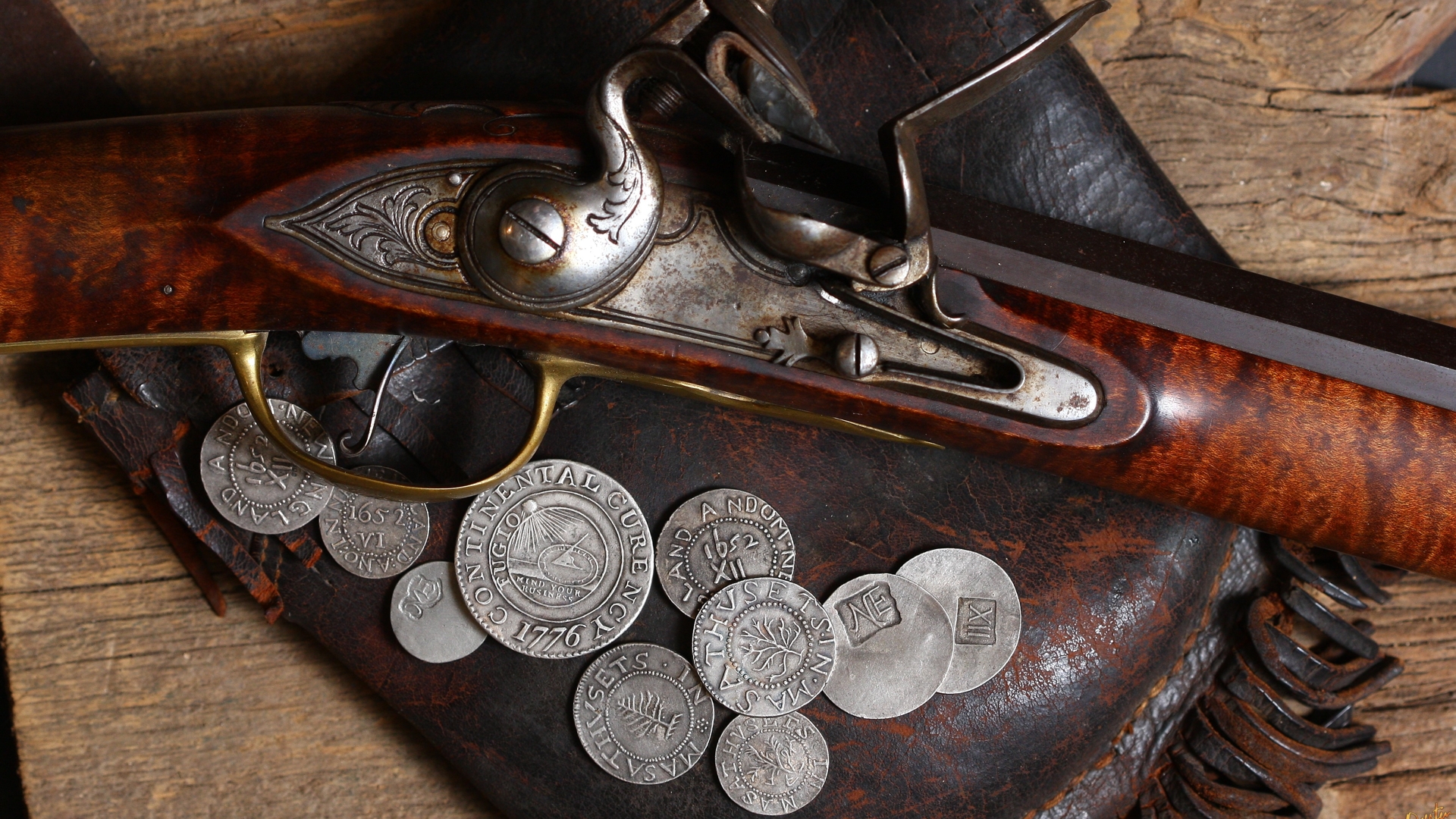The high standard of art found among Ancient Greek coinage remains unmatched by any other time in numistmatic history. Coins of Ancient Greece are classified by three primary art periods, archaic art, the period of finest art, and the Hellenistic period.
Coin collecting as a form of art appreciation in miniature is best represented by Ancient Greek Coinage. CoinReplicas.com has a large collection of museum quality coin reproductions from these eras.
The Period Of Archaic Art (680-480 B.C.)
The first known Greek coins were made on the Island of Aegina. Their coin depicted a turtle, the famous symbol of Greek money. Coins of this period started out with a crude design on one side and punch marks on the other (link to STA-179).
The Period Of Finest Art (480-336 B.C.)
Athens tetradrachm coins were famous for their wide eye owl on the reverse and the Goddess, Athena, on the obverse. These coins circulated throughout the Greek world. During the period 449 – 413 B.C., huge quantities of tetradrachms were minted to finance building projects, such as the Parthenon and to cover the costs of the Peloponnesian War. (Link to GRK-26)
In Agrigentum between 413-and 406 B.C. the magnificent coin (link to SIC-01) with two eagles standing upon a hare was struck, bringing in the era of the most beautiful coins in all of numismatics.
This period marks the era of the great master die engravers of Syracuse in Sicily. The following coins are some of their most beautiful work: Kimon, (link to SYR-31) Euainetos (link to SYR-32) , Eumenos (link to SYR-12), and Eukleides (link to SYR-22).
The Hellenistic Period (300-31 B.C.)
During the time of Alexander the Great, currency under his reign bore the image of a young Hercules (link to GRK-47). Alexander never commissioned coinage bearing his own image.
After Alexander’s death the Hellenistic world was carved into Kingdoms by his Generals.
Out of these kingdoms came the use of portraiture coins. This was a major change from the deities and heroes that had been the signature of Greek coins.
The first portrait coins bore the likeness of Alexander the Great, struck by his generals, Ptolemy King of Egypt (Link EGY-19) and Lysimachus who ruled Thrace (Link GRK-203).
Later, their successors would put their own likeness or family members on their coins.
Some examples of these coins are:
- A tetradrachm struck between 175 and 164 BC of Antiochus IV of Syria ( link to GRK-109)
- In Bithynia (now northern turkey) a tetradrachm of King Prusias (228-180 B.C.). (link to GRK-82)
- A dekadrachm coin of queen Arsinoe the II from the Ptolemy Empire of Egypt. (284-247 B.C.) (link to EGY-25)
- King Eucratides of Bactria (present-day Afghanistan) tetradrachm (200-150 B.C.) (link to GRK 127)

